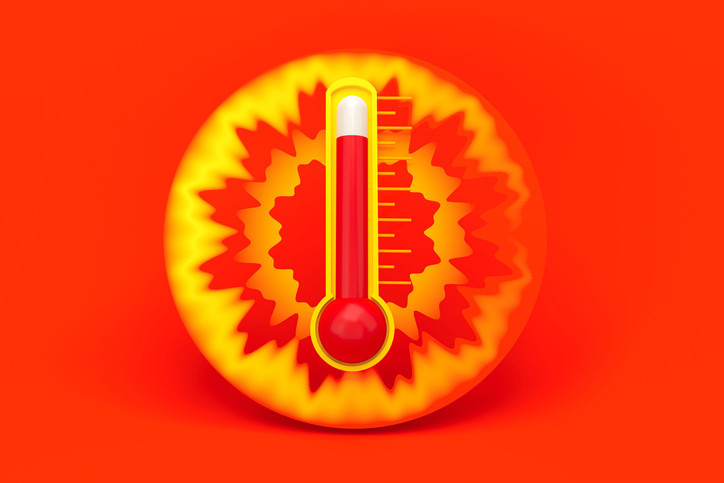Here’s a new fact about spring, summer, fall, and sometimes even winter, now that climate change has blurred seasonal boundaries: sizzling heat may be on the way, or currently blanketing your community.
High temperatures stress the body, leading to thousands of heat-related illnesses and deaths every year in the US. Creating a personal heat plan can help you stay safe when the heat index soars.
Caleb Dresser, MD, MPH, is the health care solutions lead for C-CHANGE, the Center for Climate Health and the Global Environment at the Harvard T.H. Chan School of Public Health, and an emergency medicine doctor at Harvard-affiliated Beth Israel Deaconess Medical Center. Below we interview him about who, how, and why heat harms. Then we’ll help you create your personal heat safety plan.
The interview edited for clarity
Who is especially vulnerable during hot weather?
High temperatures can affect anyone. But some people — children, outdoor workers, people who are pregnant or have health problems or disabilities, and older people — are more likely to experience harm when temperatures rise. For example:
- Young children, especially babies, have less physical capacity to deal with very high temperatures.
- People working outdoors may not have access to shade and could be performing physically intensive labor. They need adequate hydration, adequate breaks, and access to a cool space during break time, as OSHA guidelines spell out.
- People with chronic medical conditions, such as kidney disease or heart disease, may have difficulty adapting physiologically to hot weather or may be more susceptible to its health impacts.
- Some people living with disabilities or certain neurological conditions may have difficulty with thermoregulation — that is, controlling the temperature of their bodies — or may not be able to take actions that keep them safe, such as taking off layers or moving to a cool area.


